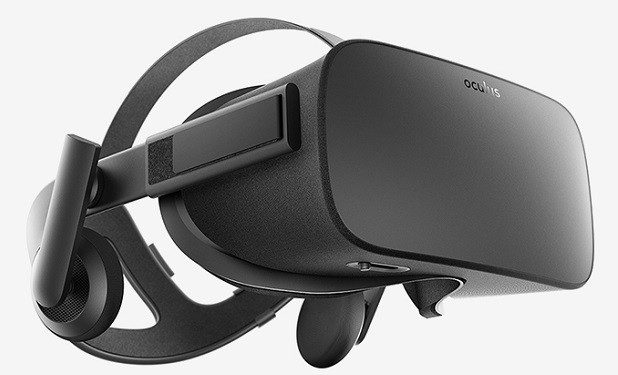Virtual reality has been employed mostly to help you enjoy your coworker’s discomfort or pretend you are in the farthest regions of space without leaving the comfort of your living room. It is also used to confirm that there’s an untapped porn-watching market for senior citizens. But scientists at Oxford University have found a much better use for it: helping people with severe paranoia. Psychiatrist Daniel Freeman and his team took patients who suffer from extreme paranoia into a VR simulator where they could interact with avatars. Some of the patients were instructed to use their normal coping mechanisms for social anxiety: reducing eye contact; avoiding interaction with other people, and so on. But others were told to drop their defenses and encouraged to interact with the avatars as much as possible.
Patients who fully confronted their fears in the VR simulation reported feeling less stressed at the end of the testing, and over half of those patients no longer had severe paranoia. More research is needed, however, to determine if the effects can last beyond the testing day. “It’s not easy work for patients, since lowering defenses takes courage,” says Professor Freeman. “But as they relearned that being around other people was safe we saw their paranoia begin to melt away. They were then able to go into real social situations and cope far better. This has the potential to be transformative.”
